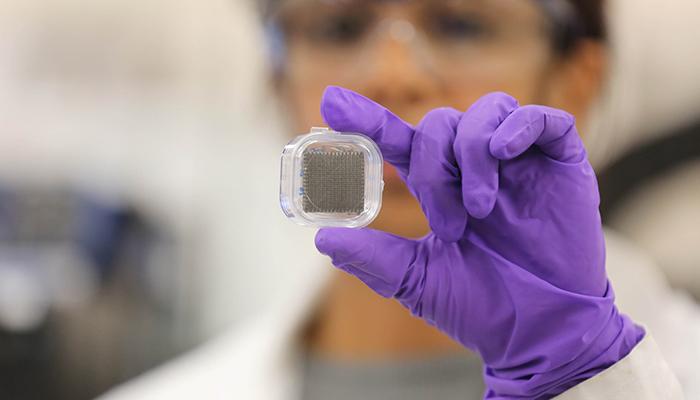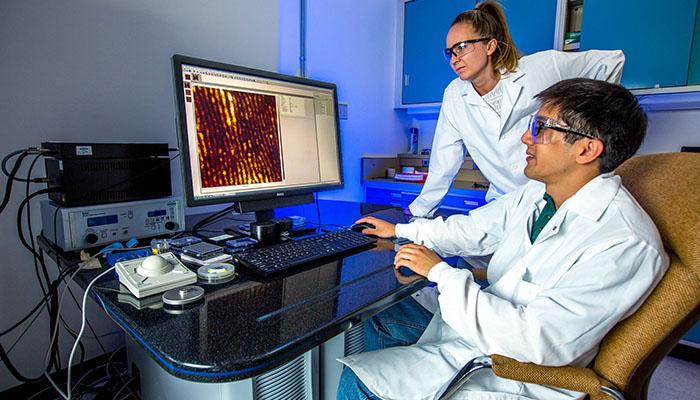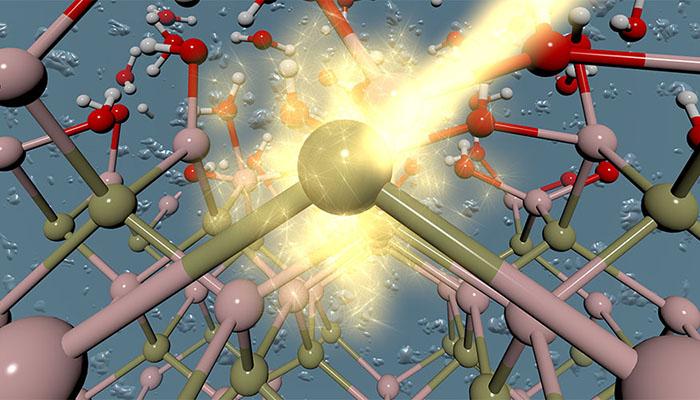
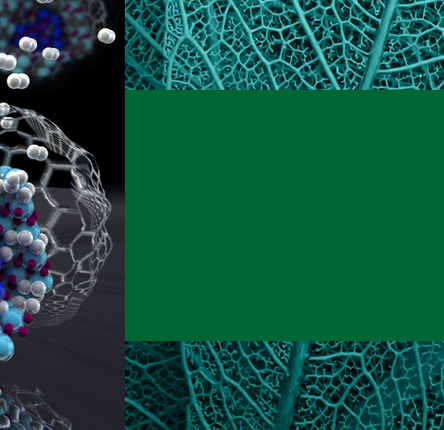
LLNL researchers use supercomputers to model and simulate materials and complex interfaces, accelerating the development of solid-state hydrogen storage.
Learn more about our hydrogen storage research >>


An LLNL–UC Santa Cruz research team demonstrated 3D-printed porous graphene aerogel structures capable of supporting a record-high level of manganese oxide, a common pseudocapacitive material.
Learn more about the supercapacitor breakthrough >>

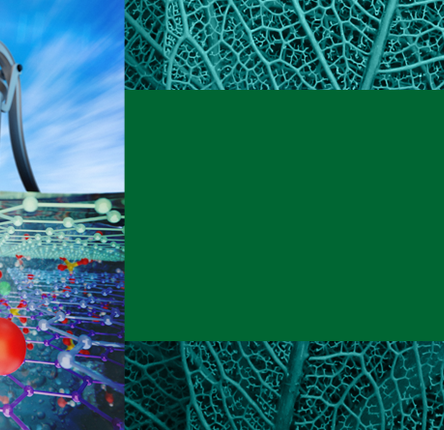
LLNL researchers are developing new materials to selectively remove nitrate from groundwater, increasing our understanding of the selectivity mechanisms needed to address this problematic contaminant.
Learn more about our capacitive desalination technologies >>

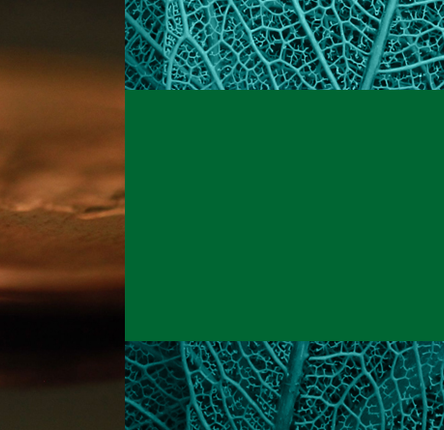
LLNL researchers have developed a 3D printing method for nanoscale structures that is 100s of times faster than commercial devices.
Learn more about this nanoscale printing breakthrough >>

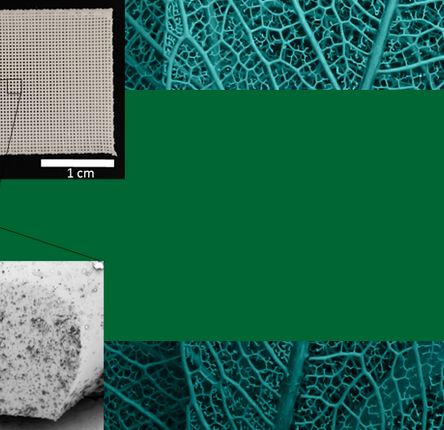
Carbonate-loaded 3D-printed silicone delivers carbon dioxide to algal clusters for carbon capture via algal biomass cultivation.
Learn more about algal biomass production >>
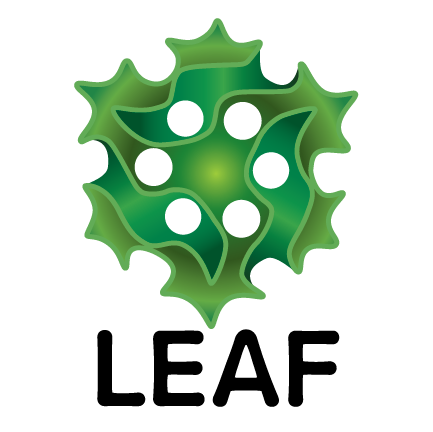
Technology innovations to secure the nation’s energy and environmental needs.
The Laboratory for Energy Applications for the Future (LEAF) is a multidisciplinary center that develops disruptive technologies for the grid, transportation, and the environment from inception to demonstration.
LEAF accelerates the development of scalable, optimized structures at the intersection of porous materials, mass transport, and chemical reaction for energy applications, such as batteries, capacitors, desalination, and carbon conversion, by coordinating the fundamental research in those areas at LLNL.
We invite you to explore this site to learn more about our technology, capabilities, and areas of expertise.

